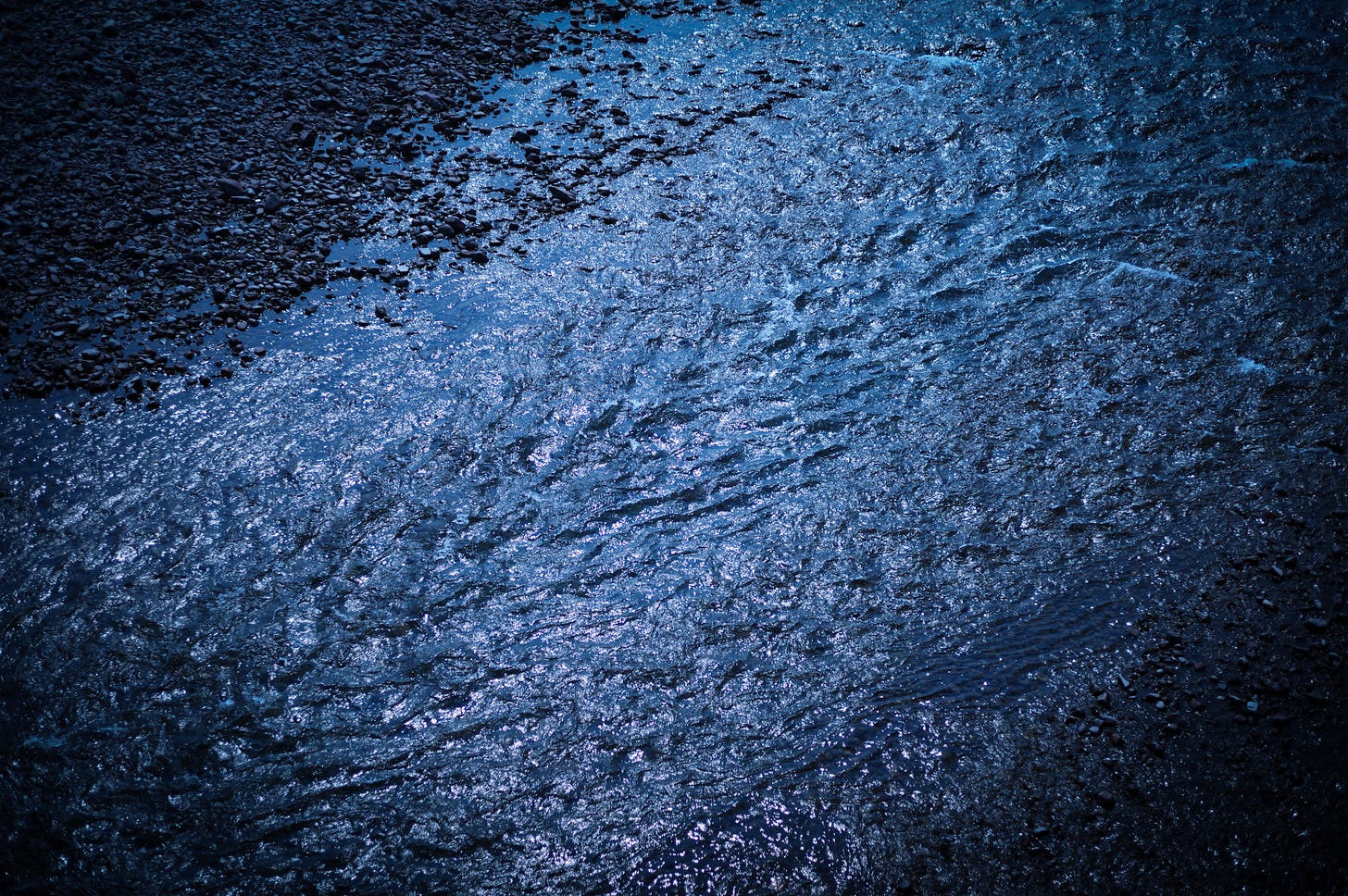Today I am in Kaiyō Town, located on the southern coast of Tokushima Prefecture facing the Pacific Ocean. Kaiyō Town was established in 2006 through the merger of three towns, and the area I visited was formerly known as Kainan, with traces of that name still visible on signs throughout the region. The most famous site in this area is the cave at Cape Muroto in Kōchi Prefecture, where it is said that Kūkai, who opened the Shikoku pilgrimage, attained enlightenment. Yet Kaiyō, located about 50 kilometers north along the coast from there, is a remarkable region with roots far older than Kūkai.
The reason I came here is because this is an indispensable region for understanding the traces of Japan’s ancient maritime tribes who once wielded great power traveling across the seas. This heritage remains in the place name of Kaifu District (海部郡) in present-day Tokushima Prefecture. The reading of “海部” has varied—commonly read as "Ama,"“Amabe,” but in this area it is uniquely read as “Kaifu.” According to folklore studies, however, its origin is thought to lie in “Amabe” (海部).
The origins of these tribes are uncertain, but this southern region was historically distinguished from the northern Yoshinogawa basin, which was the center of the ancient land known as Awa-no-kuni (阿波国). The southern half maintained its own independent power, referred to as Naga-no-kuni (長国). In fact, traveling southward along the coast from Tokushima City toward Kainan, one encounters numerous place names that retain the resonance of ancient tribal languages. Examples include “那賀/Naka” “日和佐/Hiwasa” “阿南/Anan” “牟岐/Mugi” “宍喰/Shishikui” “那佐/Nasa”.
These distinct names, with their unusual but beautiful sounds, may strike modern Japanese ears as strange, but they are thought to derive from the language of the ancient maritime tribes. This stands as evidence that the Kaifu clan (海部氏) once held sway over this area, for what ultimately remains over time is language and place names—cultural traces without physical form.



